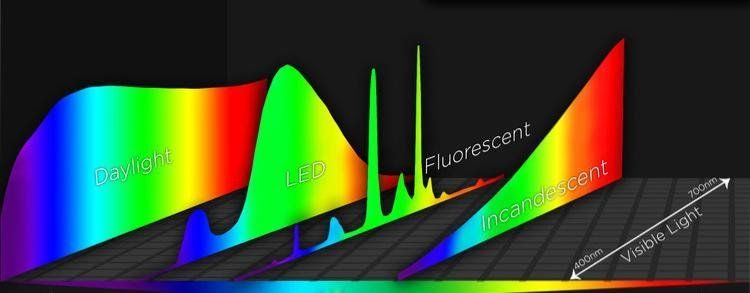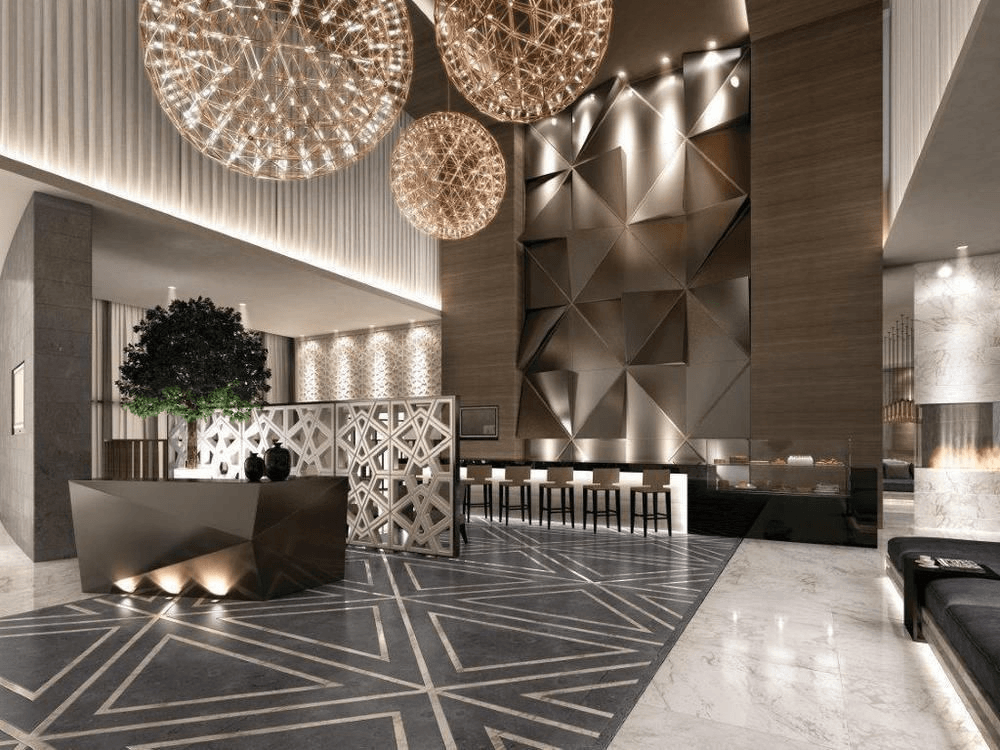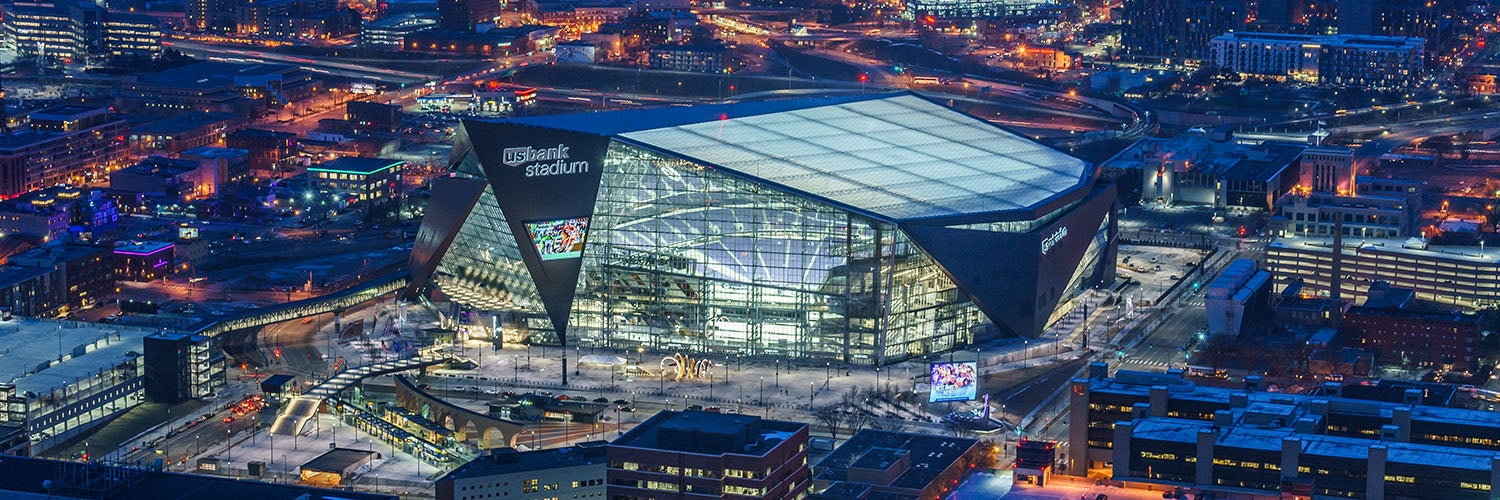Lighting Rebates: Crash Course in Recouping Your Investment
Note: Due to the consistently falling cost of LEDs, rebates are less of a factor in many retrofit projects. Often only the largest-scale projects see substantial savings from rebates these days and the investment in the LED upgrade is often paid for within a matter of a few dozen months. However, if rebates are something you’re interested in, HardWire Lighting will handle all the applications and ensure you get the best rebate possible for your project. Contact us for a free consultation.
Lighting rebates may not be a consideration if you’re looking to swap out a few dozen lights within your home. But if you’re looking to outfit a large office, apartment, or industrial building, the rebates offered by utility companies and government agencies could make a huge difference in the overall cost of your upgrade.
Most incentives and government rebates for LED lighting require specific certifications to qualify, such as Design Light Consortium (DLC) and Energy Star, and all LED lighting products HardWire uses clearly indicate the certifications associated with each individual product both online and on the product packaging. Additionally, installing LED lighting is a big step towards obtaining LEED certification, which can result in eligibility for additional rebates and incentives.
If you’re interested in rebates, there’s a lot of information to sift through and a lot of resources out there. We’re not looking to cover every option there is, but at the very least we want to point you in the right direction, armed with enough knowledge to feel confident as you move through the process.
The first thing to note is that there are different kinds of lighting rebate programs. Three of the most common are:
- Point-of-Sale (POS) or instant - These rebates are offered in-store on specific products. For the end-user they function essentially like a coupon. You may purchase a bulb and receive an instant rebate of $1 at the register.
- Prescriptive - These programs are typically paid out after the materials are purchased and rebate amounts relate directly to the item purchased. For example, a utility company may offer a one-time $15 rebate for every fixture purchased that is listed with the DLC. The biggest benefit of these programs is that the rebates are available for the end user and are typically fairly straightforward without a ton of red tape to slog through.
- Custom - Even if your project doesn’t meet the requirements for POS or prescriptive rebate programs, there are often other incentives available for your installation. These custom programs may offer slightly better incentives than some of the “packaged” ones, but they are typically also fairly complex and can be harder to sort through and apply for. However, the resulting savings and / or reimbursements are often worth it.
Since POS or instant rebates are typically for smaller volume purchases and take place within retail stores, we’re not as concerned with them for the purposes of this discussion. We’ll be focusing more on prescriptive and custom programs. It’s worth noting that government rebates are often offered at the state level (though federal-level rebates do exist), and each state’s programs differ. However, in most cases, organizations that offer prescriptive rebates will also work with you on your specific project to determine if additional rebates and discounts may apply.
Regardless of which kind of rebate you’re after, keep in mind that most programs require approval for the rebates before the products are purchased. This approval process can be slow, taking an average of 45 days. Keeping these lead times in mind while planning and designing your project will help ensure you stay on schedule and don’t miss out on any potential rebates and savings.
Once the approvals are out of the way, you’re still not finished. The whole rebate process can be long, in many cases lasting up to six months. The companies and government agencies that issue these rebates are often processing hundreds if not thousands of these applications at once and things can get mishandled. It’s therefore imperative that you ensure everything is complete and accurate before submitting and follow up frequently to ensure things are running smoothly and on schedule. Common problems with rebate applications are wrong or incomplete addresses, a different product being installed, and missing approval deadlines.
While all the LED lights HardWire uses are certified by some certification body (and many are certified by more than one), not all products are the same. Requirements for certifications do change as well. When they do, we make sure to review all providers’ products and ensure that our installations continue to meet or exceed the certification requirements.
Similarly, just as certification requirements change, so do rebate programs by state and municipality. What qualifies in one location may not qualify even a few minutes down the road. Ensure you’re working with the right utility company or municipality to apply for the rebates well in advance of your installation date.
One nice thing about many rebate programs is that they are not exclusionary. You can apply for, and receive, multiple rebates or incentives at once. It’s worth exploring all your options and stacking rebates and incentives to get the most cost savings for your project.
With all the work that rebates require, the approvals, endless LED product options, huge lead-times, paperwork, and potential aggravation, are they really worth it? In short, yes. They definitely can be. Taking advantage of rebates and incentives can reduce the time it takes to recoup the initial investment by up to 25%. That can amount to massive savings.
Quick reference links





